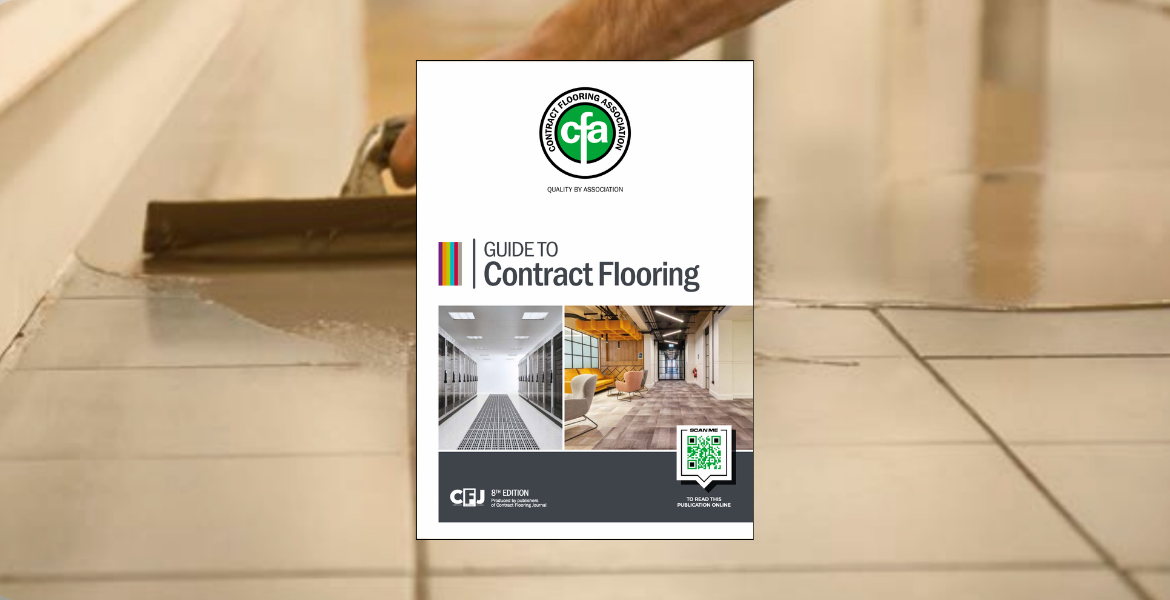
Calcium sulphate subfloors are alternatives to sand and cement levelling screeds based on calcium sulphate instead of Portland cement. They are usually supplied with the calcium sulphate being based on anhydrite or on alpha hemihydrate. The calcium sulphate binders are usually manufactured to to BS 13454 using by-products of other processes such as flue gas desulphurisation or acid production. These binders are mixed with sand and water and additives where appropriate to BS 13813. The finished mortars may be supplied ready mixed in agitator trucks or mixers, mixed on site by volumetric mixers or can be mixed from pre blended bagged ingredients. They are generally pump applied.
One of the key benefits of calcium sulphate subfloors compared to sand and cement levelling screeds is the option for rapid setting times. However, without proper understanding of the calcium sulphate screed and its requirements, problems can arise that risk both aesthetics and functionality.
Types of levelling screeds
As Chapter 4, ‘Substrates’, of the CFA Guide to Contract Flooring expresses, several types of calcium sulphate screed are currently available. Some produce a friable flaky laitance on the surface where others do not. Friable laitance will usually be sanded off of the screed at an early stage, whilst non-friable laitance will usually be prepared during the process of mechanical abrasion carried out on all screeds to provide a surface key and remove surface contamination.
Some manufacturers offer proprietary screed mix designs which can be thinner.
Laying the screed
Calcium sulphate levelling screeds can be bonded to concrete bases providing the base has been suitably prepared, thickness minimum 12 mm. Alternatively, calcium sulphate levelling screeds can be laid unbonded normally over a separating layer, typically, not less than 30 mm; for thinner sections manufacturer’s guidance should be sought.
Floating levelling screeds are laid over separating membranes on thermal or acoustic insulation boards or quilts and should typically be no less than 40 mm thick or 35 mm in domestic situations. For thinner depths manufacturer’s guidance should be sought.
Curing
Calcium sulphate-based screeds are self-curing and need no external curing agents or membranes. The screed should be placed into a weather tight environment and not be subjected to severe draughts, direct sunlight or heating for the first 72 hours. Foot traffic should be restricted for at least 24 (preferably 48) hours to prevent damage to the screed surface.
Typically, calcium sulphate screeds can be loaded after seven days following installation.
Drying
Drying times will vary according to the product used and the manufacturer’s guidance should always be sought on the appropriate drying times. Drying times are usually based on 40 to 50 mm depth in warm and well-ventilated drying conditions, typically <65% RH at 20°C. Poor site condition and deeper screed sections will extend drying times so it is very important to ensure site conditions are well controlled.
Good ventilation or the use of dehumidifiers can assist in reducing the ambient humidity. Forced drying of these screeds is possible if required. After 3 days dehumidifiers may be employed, and after 7 days the underfloor heating (UFH) may be commissioned and slowly brought up to temperature to force dry the screed reducing drying times significantly.
Testing residual moisture content
Before floor finishes are laid, the moisture content of the screed should be checked. The British Standard for testing a base to receive a floor covering is to use a surface or probe hygrometer. The moisture content of calcium sulphate screeds is sometimes checked using the CM Test/oven drying method (BS 8204 Part 7).
The in-situ probe method is another strategy to test moisture content. The CFA has published a member-exclusive guidance note on moisture measurement for in-situ probe method, accessible in the General Guidance section of the CFA Member Area, with more information available.